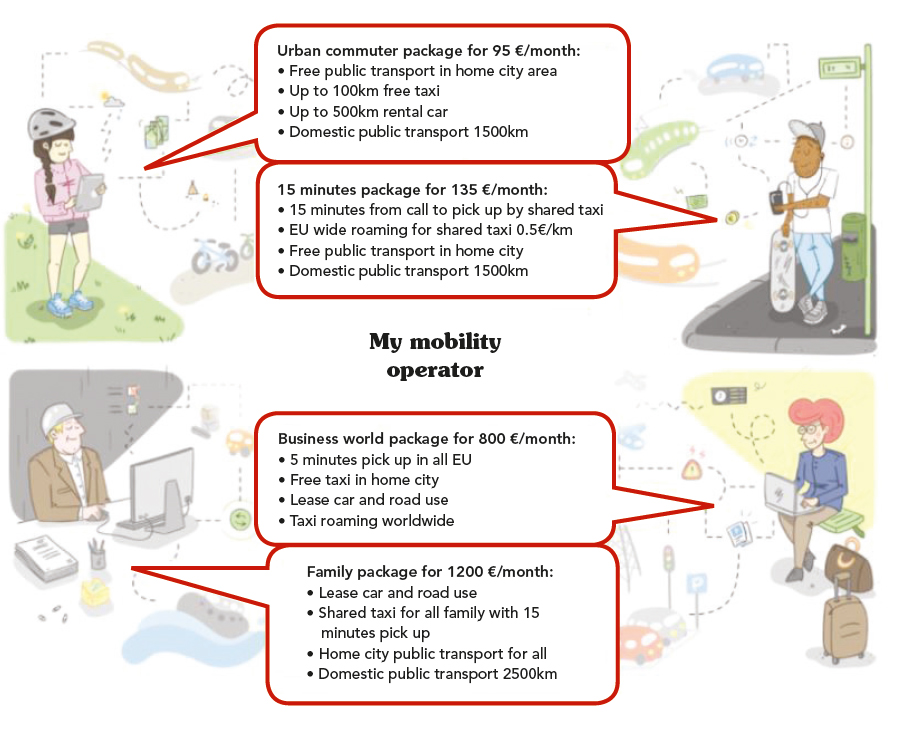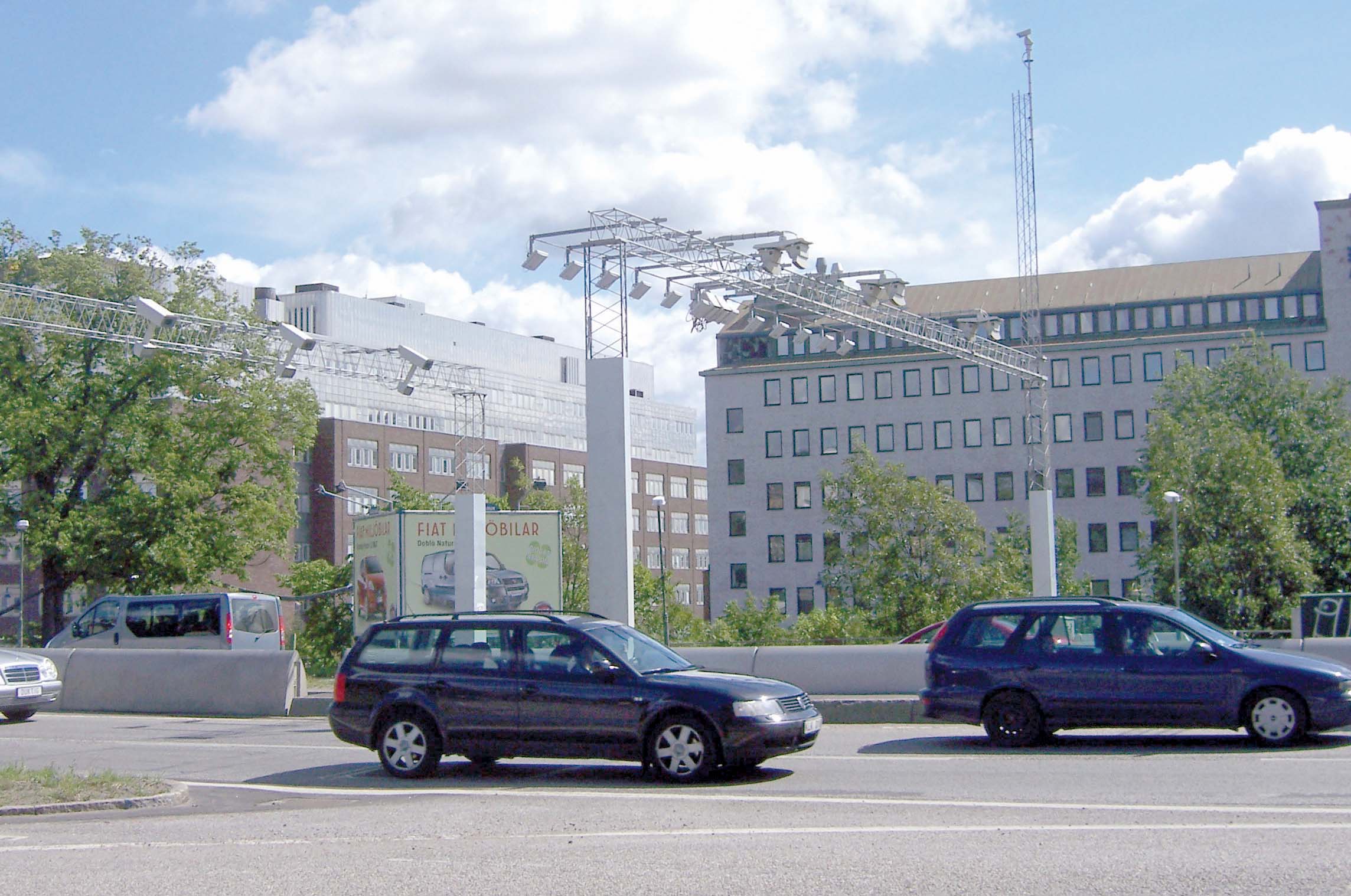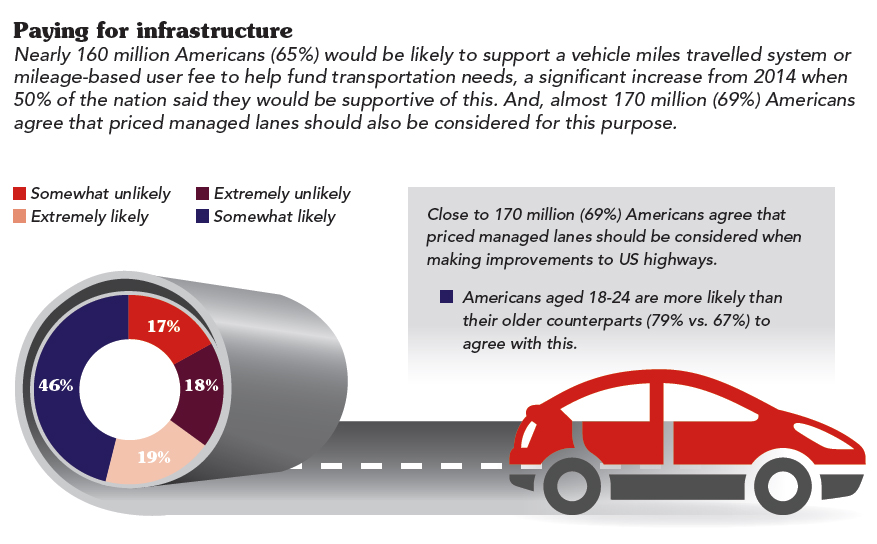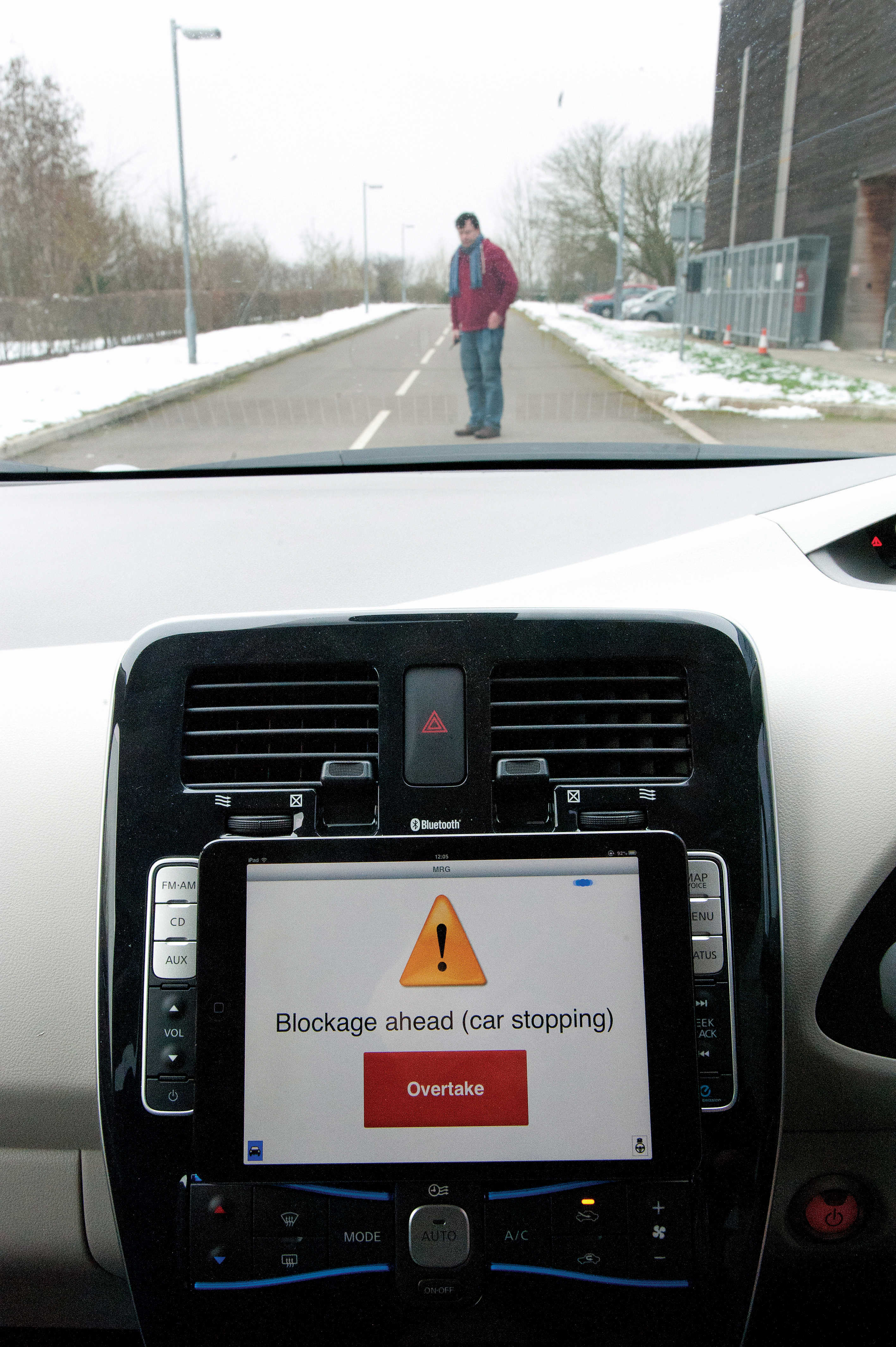
Josef Czako takes a look at what the future developments may hold for both the transport sector and society.
As the dust of the 2015 World Congress in Bordeaux settles, we can begin to see more clearly some of the most important future innovations in ITS are starting to be linked together: mobility as a service (
ITS needs powerful bases from ICT, 24/7 reliable and protected communication backbones, IT-services, big data and crowd sources, 4G/5G communications, or V2X technologies. Also, as we have learned in the past, that without proper policies, business models, or close communication with the society and users, deployment is hindered or becomes even impossible.
Here are the highlights of the most relevant opportunities and strengths for the above mentioned ITS Innovations, in long term of view, likely to happen in 10-15 years:
Mobility as a Service
MaaS is a new paradigm for personal mobility. It creates a new transport ecosystem integrating timetables and trip planning, ticketing and payment for all transport service providers – be they transit, rail, road charges, taxi, car and bike rentals, car sharing, ferries and even airline trips.
There is a need to establish independent bodies as neutral MaaS management agents in order that sustainability and affordability are assured. In combination with mobility pricing (see below) they will ensure all travellers get the best and most sustainable travel packages.
These travel packages could be designed to suit various types of traveller such as an ‘Urban Commuter Package’, a ‘Family Mobility Package’ or a ‘Business Travel Package’. MaaS is therefore the much sort after ‘one-stop-shop’ solution for traveller interface and the benefits it provides through better efficiency in terms of fare payments will help reduce individual ticket and package prices.
MaaS will also help to connect regions, or to build smart twin-cities, through supporting the transport and mobility of the local residents.
One of the biggest advantages of MaaS is that it is easily applied to existing transport systems and combines them to make the individual’s journey hassle-free, quick, affordable and sustainable. That said, one of the potential major hurdles delaying MaaS could be that all transport service providers (public and private) need to be ready for intensive and open collaboration and partnerships.
To summarise, MaaS will foster better mobility services, increase cost transparency and its higher efficiency will effectively ‘upgrade’ the transport network which will reduce the need for an individual to own a car (or a second car in the family). The result will be to reduce the energy consumed by transport and create jobs in ICT and, what is even more encouraging, is that MaaS can be deployed within three to five years.
MaaS is a very powerful application of ITS in that it decreases cost of transport and while higher efficiency and sustainable pricing lead to a reduction of emissions.
Mobility Pricing
Mobility Pricing will be the next generation of tolling or charging schemes currently being used all over the world. It is a policy tool designed to create and ensure sustainable mobility and works by applying a market based, full cost pricing mechanisms to all modes of transport and is a potential platform for a change from tax based funding and subsidies to the user-pays principle. Rather than being prescriptive it is based on incentives with the benefits designed to increase the sustainability of each individual’s mobility. Mobility Pricing is under development in several regions including Switzerland, Oregon and other US states with the intention that a VMT (vehicle miles travelled) scheme will replace the gas tax.Mobility Pricing covers the complete mobility chain right from planning and financing to management and fare payment, and includes all transport modes. As such it can also be used as a tool to manage and match the demand to the available capacities. It provides transparency on all costs (internal and external, public subsidies or ticket prices) with the ultimate aim of persuading the individual traveller to change their mobility behaviour towards more sustainable use of the mobility system.
For instance user will get a price reduction for not traveling in peak hours, for using more environmental friendly modes, travelling on public transport, using Park and Ride and so on and therefore helps to change the individuals’ mobility behaviour towards more sustainability.
Mobility Pricing helps implement and manage the policies for sustainability transport by:
- Sustainable prices (including internal and external cost)
- Sustainable efficiency (manage demand and capacity, thus ensuring best use and harmonization of transport services, reducing congestion)
- Sustainable safety (reduction of accidents)
- Sustainable and green transport (reducing the negative impacts of transport to the environment)
- Local sustainability goals; e.g. for City centres, around schools or hospitals, in nature reserves, in environments to be secured, etc.
- Other national, regional or social policies.
To summarise, Mobility Pricing fosters the change of usage behaviour for economically efficient and ecologically sustainable use of transport and mobility. It manages capacity and demand, thus serving as a lever against congestion. It supports fairness and transparency of investment, subsidies, and performance. Mobility Pricing is THE tool to manage ALL mobility services, including MaaS or Robot Cars.
Autonomous vehicles (Robot Cars)
Most private vehicles are parked for more than 90% of the day whereas in a shared economy autonomous cars only need to stop only for 5% of their service time. Thus, in cities parking space can be almost entirely freed-up to be utilised to increase the quality of life.
In a shared economy, the amount of vehicles in cities could be reduced by more than 70%, leading also to a huge reduction of congestion.
On motorways, autonomous cars in conjunction with V2X technologies allow less distances between vehicles. This will increase the capacity of lanes by more than 30%, avoiding expensive extensions of road infrastructure.
And, of course, the software ‘driving’ the car will (hopefully) not make mistakes like humans who may drive too fast for the condition, send smartphone texts when driving, overtake at the wrong times and combine drinking and driving. The potential is to reduce the amount of accidents by 30%.
Autonomous vehicles will also create new services: Public Transport offerings for rural areas, school transfers, or logistics services will utilise autonomous vehicles for automated deliveries.
What also needs to be considered? Autonomous vehicles might need their own lanes, good electric infrastructure, regulations and legal framework, just to mention a few. So it is not only the technology but time is on our side as it will be up to 15-20 years before autonomous vehicles account for 20-30% of vehicle population. And before they are widely accepted by the public and users alike.
To finally also answer the question, do ITS innovations bring destruction or success? We can, of course, not stop the future but we need to fight against potential destruction caused by innovation through research and education, fostering innovative enterprises and developing proper policies.
- About the Author - Josef Czako is CEO of Moving Forward Consulting and has 35 years’ global experience in the transport and ITS sector with companies including Kapsch, Cubic, Init and Robert Bosch. He also chairs the International Road Federation’s Policy Committee on ITS.












